The Worldbuilder’s Toolkit: Religions & Belief Systems

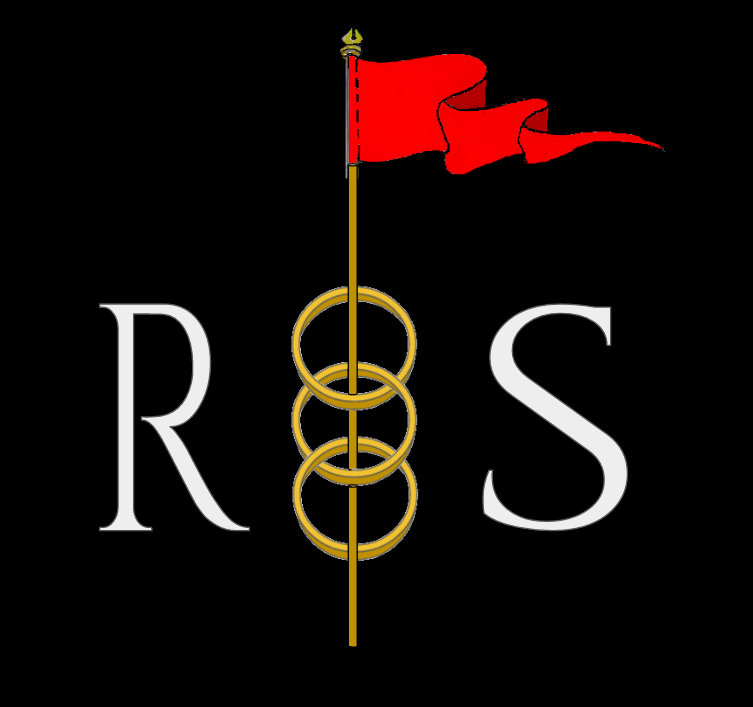
Religions and belief systems can serve as powerful tools for shaping worlds, characters, and narratives. Whether it’s the worship of ancient gods in a mythical land or the reverence for advanced technology in a distant future, crafting religions and belief systems adds depth and richness to your worlds. While often used interchangeably, religions and belief systems differ in their scope, structure, and impact on the characters and plot. Understanding these differences can help writers create more nuanced and engaging stories that explore the complexities of faith and belief. In this guide, I’ll explore how to world-build religions and belief systems, from drawing inspiration to developing unique practices and rituals to the impact they can have on your world and characters.
Narrative & Character Development
Religions and belief systems can provide rich narrative opportunities and drive character development. They can have a profound impact on both the plot and the characters in a story and be used to explore themes such as faith, morality, power, and identity. Characters may grapple with their beliefs, challenge the teachings of their religion, or find themselves motivated to undertake great acts of heroism or villainy in the name of their faith. They can serve as a source of conflict, driving characters to make tough decisions. They can also provide characters with a sense of purpose or belonging, motivating them to undertake epic quests or acts of heroism.
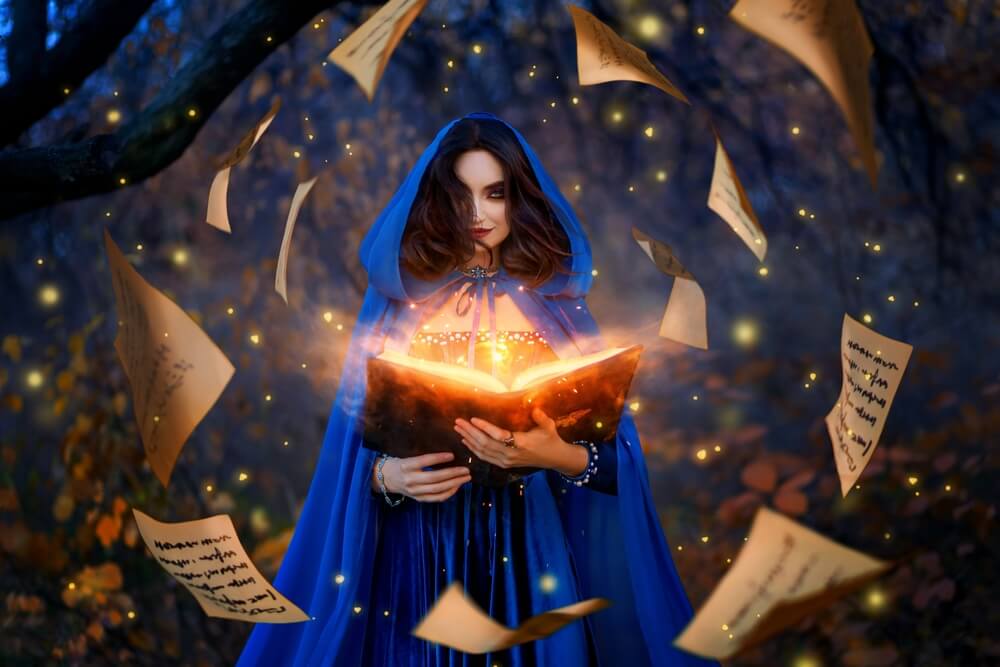
Religions
When creating religions for your world, you can draw inspiration from real-world religions, mythologies, philosophies, and ideologies. Consider the following elements:
Creation Myth – Develop a creation myth that explains the origins of the world and its inhabitants.
Deities – There are many forms that deities can take. Perhaps a pantheon of deities or spiritual beings governs your religion, each possessing their own domains and characteristics. Perhaps the religion is monotheistic or maybe the religion worships the spirits of nature. Also, consider how many religions are present in your world and how they could interact with each other. Are the interactions peaceful or confrontational?
Cosmology -Define the cosmology of your world, including the structure of the universe and the afterlife.
Moral Code – Establish a moral code or set of ethics that guides the behavior of believers.
Sacred Texts – Create sacred texts or scriptures that contain the teachings and history of the religion.
Rituals and Ceremonies – Develop rituals and ceremonies that are performed to honor the deities or mark important events.
Symbols and Icons – Design symbols and icons that represent the beliefs and values of the religion.
Religions and belief systems can have a profound impact on the cultures and societies of your world. They can shape laws, customs, art, architecture, and even the language spoken by the inhabitants. Consider how the beliefs and practices of a religion influence daily life, social interactions, and the worldview of its followers.
In fantasy worlds, practitioners may closely tie their religions to magic, believing that the gods have gifted them with their powers. In science fiction worlds, religions may revolve around advanced technology, with believers worshiping machines or artificial intelligences as divine beings. Consider how these elements shape the beliefs and practices of the religion, as well as their impact on society.
Examples:
In J.R.R. Tolkien’s “The Lord of the Rings,” the religion of the Elves revolves around the worship of the Valar, powerful beings who created the world. Characters such as Galadriel and Elrond are guided by their faith in the Valar, which influences their actions.
In Frank Herbert’s “Dune,” the religion of the Fremen revolves around the worship of the sandworms, giant creatures that inhabit the desert planet of Arrakis. This belief system shapes the culture and practices of the Fremen, influencing their interactions with other characters and factions.
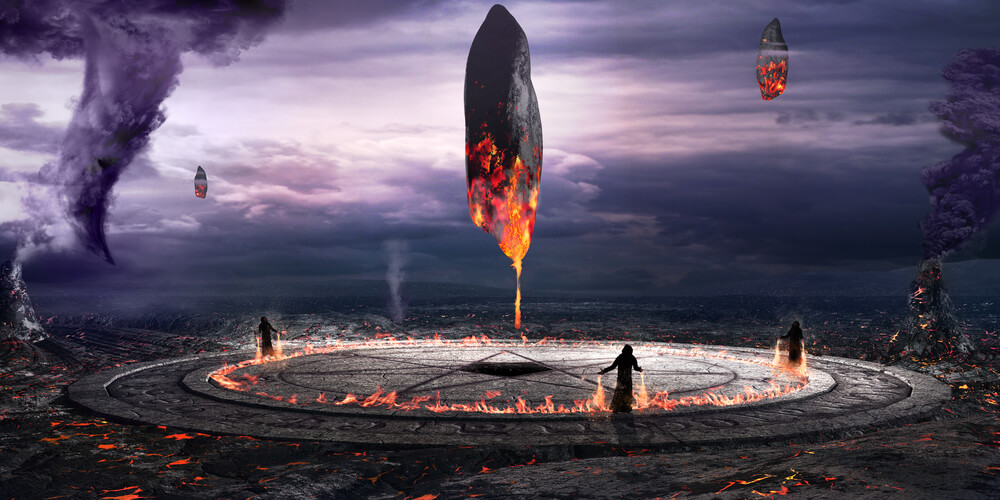
Belief Systems
Belief systems are more abstract and individualistic. They encompass a person’s worldview, values, and moral code, often without the formalized structures of organized religions. Belief systems can be spiritual, philosophical, or ideological, and they can vary widely from person to person.
Belief systems can deepen characters and add layers to their motivations and actions. Characters with strong belief systems may be driven by principles that are at odds with societal norms or may find themselves in conflict with characters who hold different beliefs. Belief systems can also be a source of internal conflict, as characters grapple with doubts or moral dilemmas.
Examples:
In George Orwell’s “1984,” the protagonist Winston Smith holds a belief system that challenges the oppressive regime of Big Brother. His beliefs drive him to rebel against the government, leading to a conflict that drives the plot of the novel.
In Ursula K. Le Guin’s “The Dispossessed,” the protagonist Shevek holds a belief system based on the principles of anarchism and communalism. His beliefs lead him to challenge the social structures of his world, driving the narrative of the story.
Magic & Technology
In fantasy and science fiction worlds, magic and technology can have a profound impact on the religions and belief systems of the inhabitants. These elements can shape the beliefs, practices, and rituals of a society, as well as influence the way individuals perceive their place in the world.
Magic
In worlds where magic exists, people may see it as a divine force that shapes the beliefs and practices of religious institutions. They may revere magic users as priests or shamans and consider magical artifacts as sacred.
Magic users may believe that their abilities are gifts from gods or other divine beings, leading to the development of magical rituals and practices that are integrated into religious ceremonies.
The existence of magic can lead to conflicts between religious institutions and magic users, especially if the use of magic is seen as heretical or blasphemous by religious authorities.
Technology
Technological advancements can lead to new ways of understanding the world and the universe, challenging traditional religious beliefs and leading to the development of new religious philosophies.
In worlds where technology is highly advanced, it may be worshiped or revered as a form of divine power. This can lead to the development of technologically focused religions or belief systems.
The development of advanced technology can raise ethical and moral questions that challenge traditional religious beliefs, such as the creation of artificial intelligence or genetic engineering.
Integration of Magic and Technology
In worlds where magic and technology coexist, belief systems may incorporate elements of both, leading to syncretic religions that blend magical and technological practices.
This can influence the culture and society of a world, shaping its values, norms, and traditions.
Individuals may have personal beliefs about magic and technology and their relationship to the divine, leading to a diverse range of religious beliefs and practices within a society.
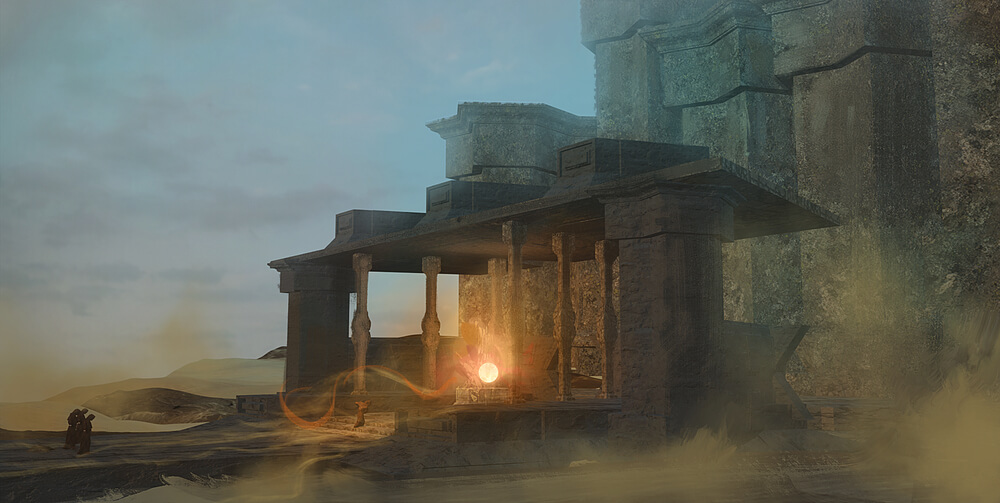
Drawing on Real World Religions & Belief Systems
When crafting religions and belief systems for your fantasy and science fiction worlds, drawing inspiration from the real world can add depth and authenticity to your storytelling. However, it’s important to approach this task with sensitivity, especially when dealing with themes and elements that may resemble real-world religions. Here are some guidelines for drawing inspiration from the real world while respecting the sincerely held beliefs of real people.
Take the time to research and understand the religions and belief systems you are drawing inspiration from. This includes studying their history, practices, and cultural context. Avoid relying on stereotypes or superficial understanding.
While it’s fine to draw inspiration from real-world religions, avoid directly copying or appropriating specific beliefs, practices, or symbols. Instead, use these as a starting point to create something new and original.
Remember that real-world religions are deeply meaningful and important to many people. Avoid using religious themes or elements in a disrespectful or derogatory manner.
Think about how your portrayal of religions and belief systems might affect readers who practice those religions. Avoid perpetuating harmful stereotypes or misconceptions.
If you’re unsure about how your portrayal of religion will be received, consider seeking feedback from people who practice the religion you’re depicting. Their insights can help you ensure your portrayal is respectful and accurate.
Here are examples of several types of real-world religions to start from:
Polytheistic Religions – Drawing inspiration from ancient polytheistic religions such as Greek, Roman, or Norse mythology can add depth and complexity to your world. Consider how these religions evolved over time and how they influenced the cultures that practiced them.
Monotheistic Religions – Monotheistic religions such as Christianity, Islam, and Judaism have rich histories and complex belief systems. You can draw inspiration from their teachings, moral codes, and religious practices to create religions in your world.
Eastern Philosophies – Eastern philosophies such as Buddhism, Taoism, and Confucianism offer unique perspectives on spirituality and the nature of existence. You can incorporate elements of these philosophies into your belief systems to add depth and diversity.
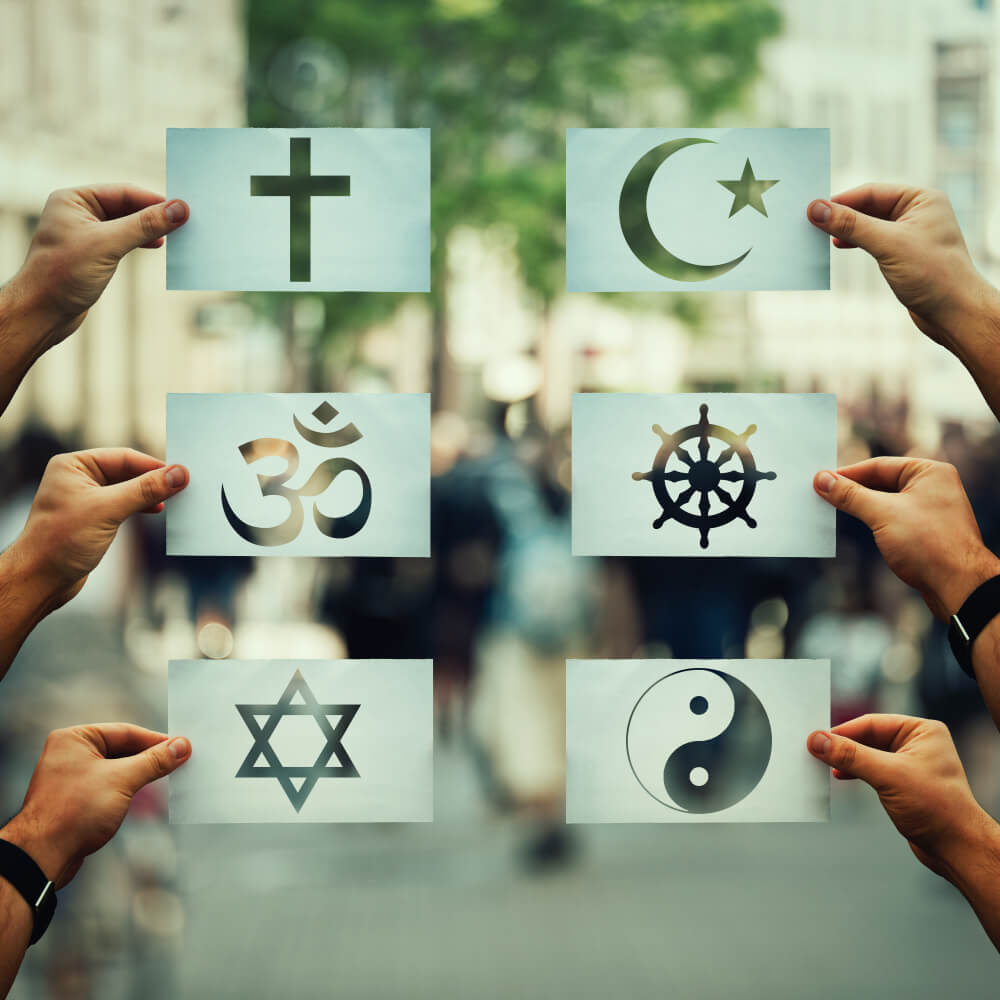
The Writer’s Toolkit
Both religions and belief systems can be powerful tools for storytelling, allowing writers to explore complex themes such as faith, morality, and the nature of existence. But creating them can be a daunting task. With careful planning and attention to detail, you can develop rich, believable, and captivating faiths. By understanding the differences between these two concepts and how they can impact characters and plot, writers can create more nuanced and compelling stories that resonate with readers. Here are some practical tips to help you create religions and belief systems that feel authentic and immersive:
Consistency – Maintain consistency in the beliefs, practices, and history of the religion throughout your narrative.
Cultural Influence – Consider how the religion influences and is influenced by the culture and society of your world.
Conflict and Harmony – Explore how religions can create both conflict and harmony within your world, driving plot and character development.
Establish Core Tenets – Define the core beliefs and principles of your religion or belief system. Consider what questions it answers about the universe, the meaning of life, and the existence of higher powers.
Create a Pantheon or Hierarchy – If your religion involves deities or spiritual beings, develop a pantheon or hierarchy that reflects their roles and relationships. Consider how these beings interact with each other and with mortals.
Develop Rituals and Practices – Design rituals, ceremonies, and practices that are central to the religion. These can include worship, meditation, prayer, and rites of passage. Consider how these rituals are performed and by whom.
Incorporate Symbolism – Use symbols, icons, and sacred objects to represent key aspects of the religion. Consider how these symbols are used in worship, art, and architecture to convey meaning and significance.
Consider Origin Stories – Develop origin stories or creation myths that explain the origins of the religion and its beliefs. These stories can provide context for the religion’s practices and teachings.
Integrate with Culture and Society – Consider how the culture and society of your world integrate the religion. Explore how it influences laws, customs, art, and literature.
Create Diversity – Just as real-world religions have different sects and interpretations, consider incorporating diversity into your religions and belief systems. Develop different branches, sects, or denominations that have their own interpretations and practices.
Show Impact on Characters – Use the religion or belief system to impact the lives of your characters. Show how their beliefs influence their actions, decisions, and relationships.
Avoid Monolithic Cultures – -Avoid creating religions that are monolithic or one-dimensional. Instead, create religions that are complex and nuanced with diverse beliefs and practices.
Seek Feedback – If possible, seek feedback from individuals who practice real-world religions. Their insights can help you ensure that your portrayal is respectful and accurate.
Fictional Example: The Order of the Celestial Forge
In the world of Astra, the Order of the Celestial Forge is a revered religious organization that worships the Forge Gods, ancient beings said to have forged the stars themselves. The religion is centered on the belief that the universe is a vast, cosmic forge, and that all beings are but sparks in the divine fire of creation.
The Forge Gods guide the destiny of all beings. Through devotion and service to them, believers can find purpose and meaning in their lives.
The Forge Gods are a pantheon of seven deities, each representing a different aspect of creation. There is a god of fire, a god of metal, a god of light, and so on. Each deity has their own followers and worshippers, who specialize in the crafts and arts associated with their deity.
Worshipers of the Forge Gods perform daily rituals of devotion, including offerings of metal and fire. They also celebrate celestial events, such as eclipses and comet sightings, as sacred occasions. The most devout followers undergo trials of fire and metal, symbolizing their dedication.
The symbol of the Order is a stylized hammer and anvil, representing the act of creation and craftsmanship. Sacred objects include metal tools, celestial maps, and fragments of meteorites, which are believed to be gifts from the Forge Gods.
The Order of the Celestial Forge plays a central role in the culture and society of Astra, influencing art, architecture, and technology. People highly admire and seek the creations of the skilled metalworkers and artisans from the Order of the Celestial Forge, as they have a reputation for their expertise.
Members of the Order sometimes find themselves conflicted between their devotion to the Forge Gods and their personal ambitions. They may also struggle with questions of fate and free will, as the religion teaches that all beings are part of a larger cosmic plan.
Creating religions and belief systems for your fantasy and science fiction worlds is a deeply rewarding endeavor that adds depth, richness, and authenticity to your world-building. By drawing inspiration from real-world religions, developing unique practices and rituals, and considering the impact on culture and society, you can create religions that are as diverse and compelling as the worlds you imagine.
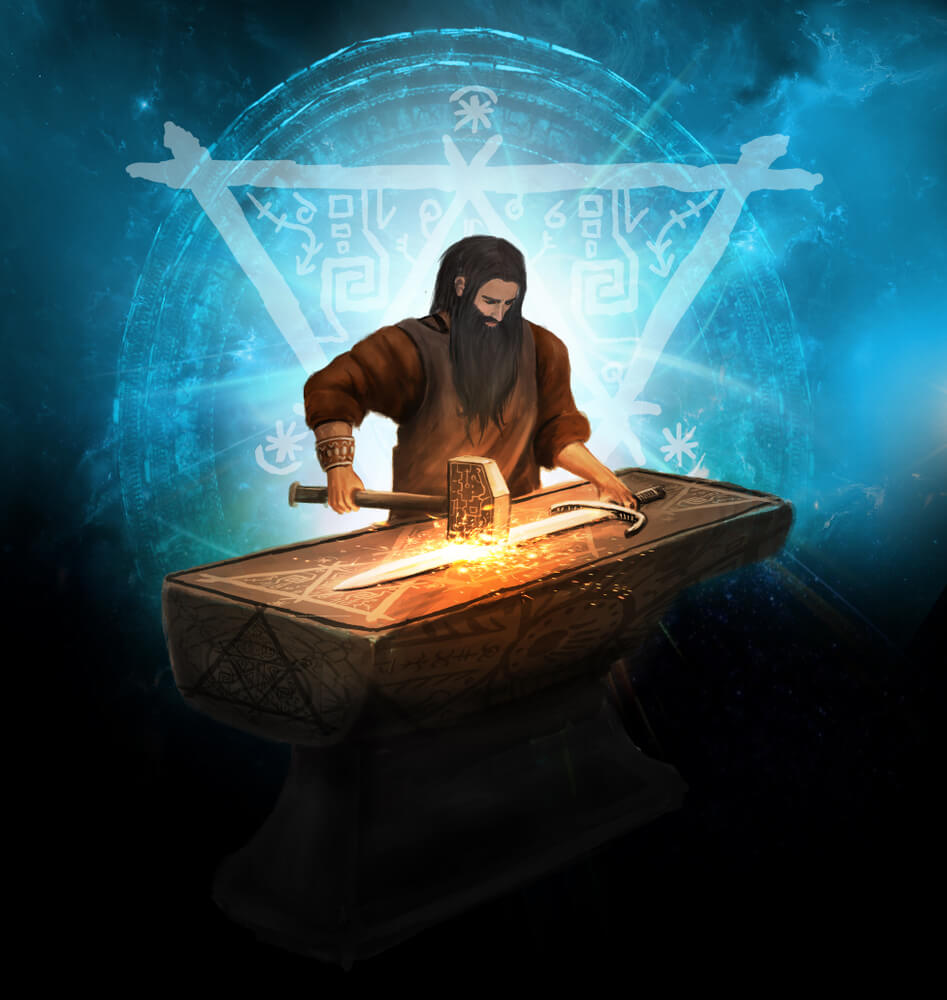
I hope this was helpful. Let me know if you have questions or suggestions by using the Contact Me form on my website or by writing a comment. I post every Friday and would be grateful if you would share my content.
If you want my blog delivered straight to your inbox every month along with exclusive content and giveaways, please sign up for my email list here.
Let’s get writing!
Copyright © 2024 Rebecca Shedd. All rights reserved.